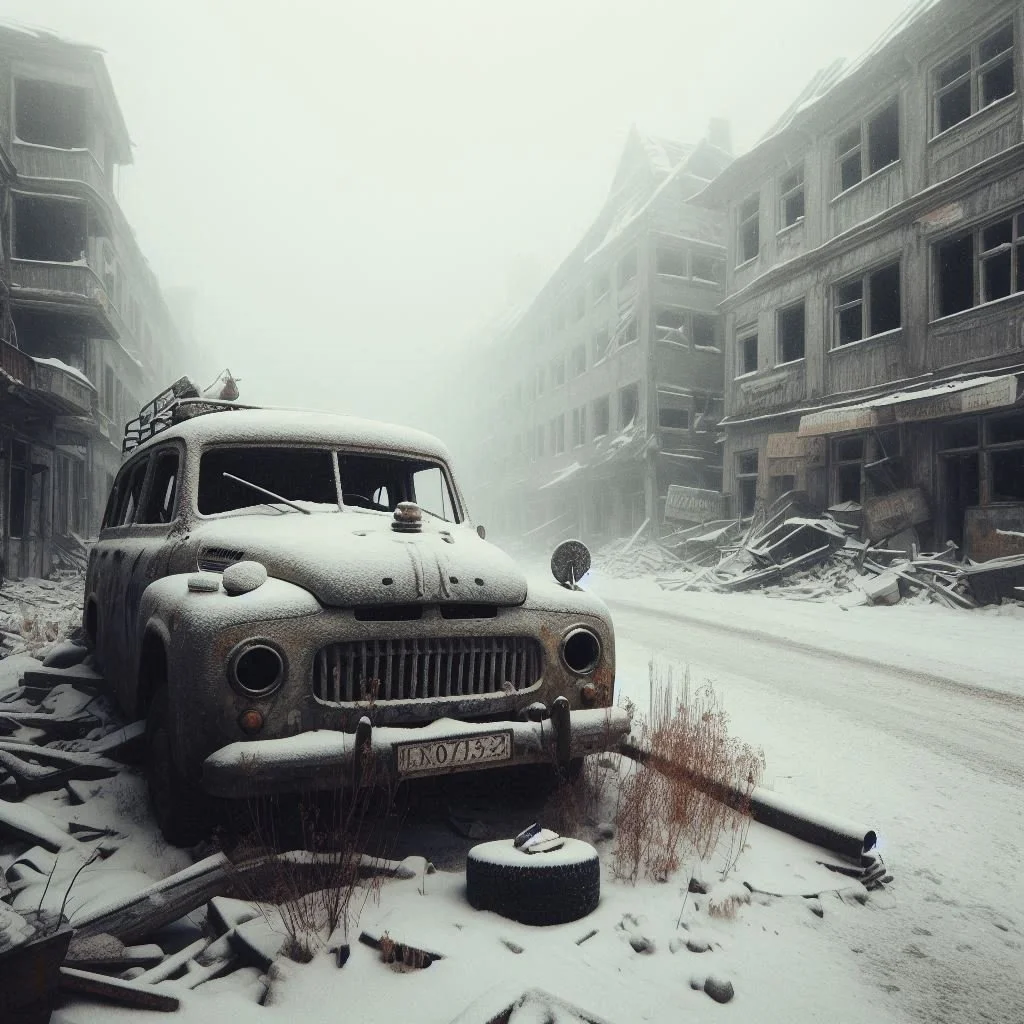
Burn the Sky
What is Burn the Sky?
Burn the Sky is a gripping post‑apocalyptic duology following Jayne Doe from age 7 through her teens on the frozen world of Jorth. Her chapters, always in first‑person present tense, offer the immediacy of a young girl’s voice that matures as she does. Interwoven with third‑person past-tense chapters from other characters, the story unfolds into a sweeping tale of political and military intrigue. Though seen through a child’s eyes, the depth, themes, and tone are crafted for readers aged 15 and up, blending emotional intimacy with grand-scale world‑building.
The series includes emotionally intense material, including depictions of post-traumatic stress disorder (PTSD): flashbacks, dissociation, panic attacks, and combat-related trauma.
The world of Burn the Sky?
-

The world
During the final days of the second age of Gaian civilisation, the planet Jorth had become a wasteland, leaving the factions to fight over pockets of resources.
Megloinium bombs have left the surface in a nuclear winter.
Burn the Sky starts as the third age of the Gaian civilisation begins. It follows the lives of Jayne and a few others who fight for freedom or their own power in a world filled with desolation.
The struggle for resources begins.
-

The people
Jayne Doe - at the age of seven, her life is turned upside-down, seeing her neighbourhood burn to the ground.
Gaius Sempro - The father of the town Hope and Surprime, leader of the “free” world. His catch phrase is “What’s passed is past”, suggesting you can’t change what’s already happened.
Sage Solon - The runner up contender for the position of Surprime of Hope
Artimus Wyrm - Raised into the military world before the bombs, and can’t stop being miltary
Elihus Kinton - Cult leader commanding a deadly sisterhood
Fafnir Mylaekar - Known to most as Commander. Former Commander of The Watchtower, his goals are to forge a new world with LunaTec.
-
Intrigue
Set in this post-apocalyptic world, there are still those who wish to follow in the steps of those before.
Murder throws the new world into chaos, and a mob wants to hang the primary candidate. He must clear his name before he can continue his work.
While the pains of nuclear winter continue, Actors move in and twist the innocence of the Surprime, Elihus shuffles people around, and LunaTec occupies the tunnels close to Hope.
There is more happening in the background as generations move on between the two books.
What’s passed is past
Step into Jayne’s world early: Burn the Sky begins in the voice of seven-year-old Jayne Doe, told in first-person present tense, capturing her childlike perspective with striking immediacy. As Jayne matures, so does her voice, growing more articulate, thoughtful, and emotionally rich with each chapter. This deep personal thread grounds the reader in her lived experience, from innocence through trauma, resilience, and transformation.
These chapters are paired with third-person past-tense segments from a select group of characters whose paths intersect and collide with Jayne’s. Their perspectives broaden the story’s scope to include political intrigue, covert operations, and the unravelling of secrets buried deep within the frozen world of Jorth. These interludes provide crucial context and scale, giving weight to the events that shape Jayne’s journey.
Though the story opens through a child’s eyes, Burn the Sky is not a YA novel. It is written for a mature audience (15+) and includes emotionally intense material, including depictions of post-traumatic stress disorder (PTSD): flashbacks, dissociation, panic attacks, and combat-related trauma. Reader discretion is advised. The series explores the burden of memory, the cost of survival, and the consequences of power, with mature content handled through emotional realism and layered storytelling.
Spanning twelve cycles (years) across two books, the dual POV and tense structure keep the story both intimate and expansive. Jayne’s chapters pull you into her inner world in real time, while the third-person sections expose the larger forces shaping her world, including factional struggles, dangerous ideologies, and the slow emergence of something far more ancient. With a 4.75★ average on Goodreads, Burn the Sky delivers a vivid coming-of-age epic—immersive, emotionally resonant, and uniquely told.
Time Travel consequences
What If You Could Go Back?
What would you do if you could go back in time? Save someone? Fix a mistake? Make a better choice?
But what if your good intentions made things worse? Suppose the invention you created was meant to be created by someone else—someone who would’ve used the machine to create and fund homeless shelters. How would your interference change history?
What if it didn’t change anything at all?
Theories of Time Travel
There are a few common theories behind time travel:
The Paradox Theory
"You could disrupt the space-time continuum and destroy the universe."
(Zemeckis & Gale, 1985)
Even the act of time travel itself causes ripple effects. Think butterfly effect meets cosmic implosion.The Alternate Timeline Theory
“…the time continuum has been disrupted, creating this new temporal event sequence, resulting in this alternate reality."
(Zemeckis & Gale, 1989)
Here, any change you make in the past spins off a whole new timeline. The original remains untouched.The Self-Consistency Principle
Time can’t be changed. There is no “first” time travel—your actions were always part of history. The loop has always existed.
This final theory—the Self-Consistency Principle—is where the Burn the Sky universe lives. No paradoxes. No reboots. Just history unfolding exactly as it always did.
This image reminds me of ‘The Time Machine’ from the 1960 movie titled the same.
References-
Gale, B (Writer), Zemeckis, R (Director), Back to the Future II (1989, Nov 22). [Film]
Zemeckis & Gale (Writer), Zemeckis, R (Director), Back to the Future (1985, July 3). [Film]



